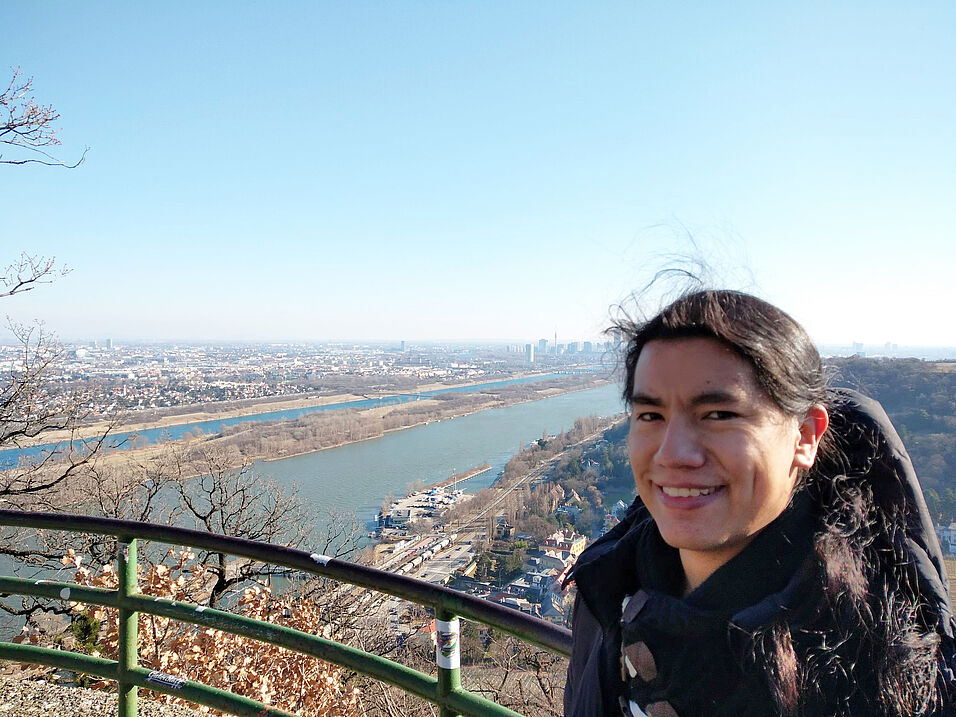sebastian.guzman.rodriguez@univie.ac.at
PhD Student
Advisors: Tim Wollesen
Unit for Integrative Zoology, Department of Evolutionary Biology
University of Vienna
Abstract
Master’s thesis
PI: Prof. Loreta Brandao de Freitas, PhD
Molecular Evolution Laboratory, Federal University of Rio Grande do Sul, Porto Alegre 9500, RS, Brazil.
Speciation begins with the isolation of some individuals or subpopulations due to drivers promoting a diverging genetic distribution. Such isolation may occur, followed by different processes and pressures. Isolation-by-distance (IBD), isolation-by-adaptation (IBA), and isolation-by-colonization (IBC) have been recognized as the main divergence patterns. Still, it is not easy to distinguish which one is the main pattern as each one may act at different points in time or even simultaneously. Using an extensive genome coverage from a Petunia species complex with coastal and inland distribution and multiple analytical approaches on population genomics and phylogeography, we showed a complex interplay between neutral and selective forces acting on the divergence process. We suggested plausible ecologic drivers for such divergence in a southernmost South Atlantic coastal plain in Brazil and Uruguay and identified a connection between adaptation and environment heterogeneity. We also argued that the two P. integrifolia subspecies could be regarded as separate species based on their evolutionary histories and polymorphisms.

